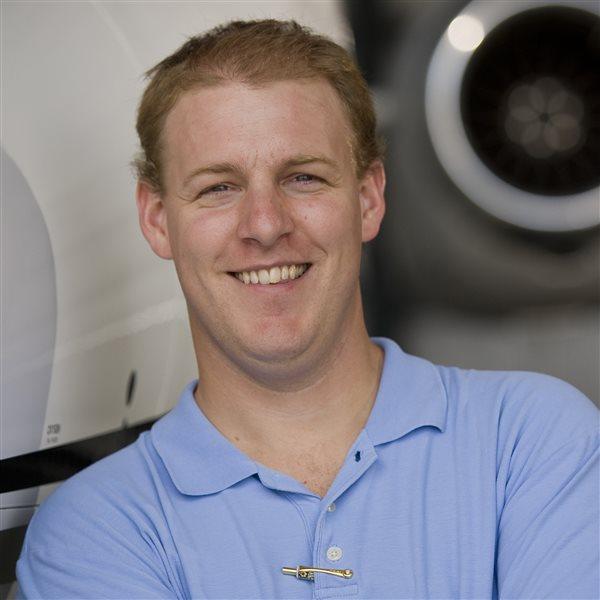To my untrained senses, it all seemed the same. It took a glance at the variometer to confirm what the instructor was saying. We were climbing at 1,100 feet a minute. With the nose pointed down. Without an engine.
The world of soaring is a bit of an enigma to powered pilots. We see gliders as graceful, if not limited, machines. And although I’ve never heard a glider pilot say it, I get the sense they look at powered pilots like a bunch of uneducated and sloppy lightweights. Slaves to the power. Maybe that’s being unfair. But I wouldn’t blame them if they did.
My instructor that day was one of the most famous glider pilots in the world. Tom Knauff was the first person in the world to fly a glider more than 1,000 miles, and he’s attained more than 50 world records over his career. I visited him at his Ridge Soaring Gliderport (79N) in central Pennsylvania for a story about best glide (“Glider Pilot for the Day,” page 36). We went flying partially because I needed video, but mainly because it’s not every day you get to fly with one of the best in the business.
He didn’t disappoint. Immediately after breaking off from the towplane, we found a thermal and he began to spiral up within it, describing the bumps (entering or exiting the lift), sounds, and sights as he went. Most of us would panic if we lost our engine at less than a thousand feet above the ground, but I guess when you’re used to not having one in the first place, panic seems a misplaced emotion.
Soaring is an activity (sport?) that flaunts a few major juxtapositions. One speaks to the essence of what it means to be a good glider pilot. Standing here on the outside, soaring seems romantic. “Poetic,” Knauff says. Gliders resemble eagles as they spin up in thermals, mimicking the great birds, and sometimes even competing for the same source of lift. But to be a truly great glider pilot, capable of staying aloft for hours, winning competitions, and completing long-distance flights, one must be extremely technical and precise. An engineer would feel more at home in this world than an artist. Knauff is a perfect example of this. He says he's the most conservative pilot he knows, and his books are filled with graphs, tables, and equations.
The day of our flight, we were in his two-seat Grob G 103. Actually, he claims the glider belongs to his wife, Doris Grove, a very successful glider pilot in her own right. Getting off the ground takes a minimum of two other people—one to fly the towplane and one to hook up the rope and serve as signaler. This setup is common in glider clubs and commercial operations around the world, and it makes soaring an inherently communal activity. Knauff’s airport may be a bit unusual, but the day I visited there were pilots from all over the world. And this was on a normal Friday. They have a bunkhouse, lots of comfy chairs, and everyone tells fish stories over dinner when the gliders are put away. But on this Friday, Knauff and I were the only two-place aircraft flying, if you don’t include the towplane.
The reality is that despite the community atmosphere on the ground, top-level soaring is a pretty solitary affair, pitting man and machine against nature. The family can come out for a day of soaring, but they’ll be taking turns in the glider. Some clubs get at this on their websites when they caution against newcomers showing up and expecting a ride right away. It’s a shame, too, because if they don’t stick around they’ll miss the serene cockpit of an airplane without an engine.



